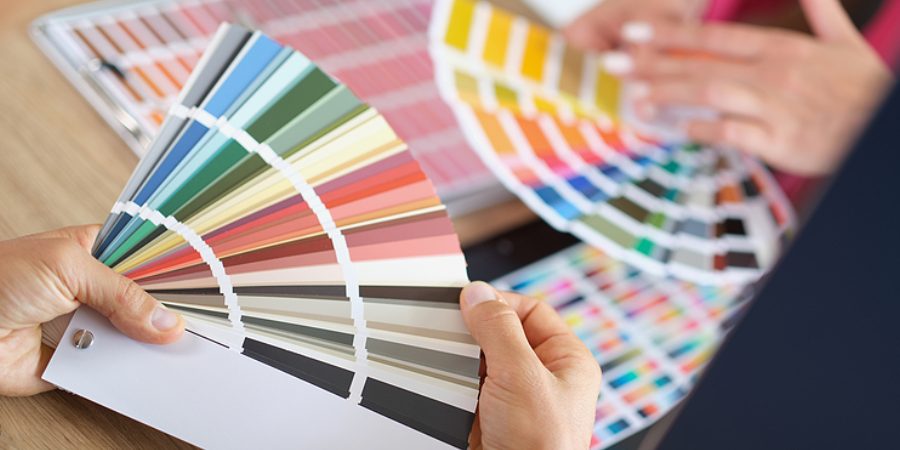Exploring The Psychology of Colour in Branding and Space
Colour is more than just a visual element; it is a powerful psychological tool that influences emotions, perceptions, and behaviours. When it comes to planning events, understanding the psychology of colour can be a game-changer. Whether it’s the branding of your event or the atmosphere created in a physical space, colour sets the tone and shapes attendee experiences in subtle but profound ways. In this article, we explore the psychology behind colour and how it can be strategically applied to branding and event design, helping event planners create memorable, impactful experiences.
The Psychology of Colour: An Overview
Colour psychology studies how different hues affect human mood and behaviour. For example, blue is often associated with trust and calmness, while red can evoke excitement and urgency. These associations aren’t arbitrary; they are shaped by cultural contexts, personal experiences, and even biological responses. Understanding these nuances allows brands and event managers to select colours that align with their messaging goals.
In the context of events, colour can influence attendees’ perceptions from the moment they receive their invitation to the way they feel during the event itself. Studies have shown that colour impacts memory retention and even decision-making, making it an essential consideration in event design and branding.
Colour in Branding
A brand’s colour palette is one of its most recognisable elements. For companies looking to organise events, colour branding goes beyond logos and marketing materials; it extends to the entire event experience. Colours communicate the brand’s personality and values at a glance.
For instance, a technology firm might opt for blues and greys to project professionalism and innovation, while a creative agency might use vibrant oranges or purples to signal energy and creativity. Consistency across all touchpoints — from digital media to physical event spaces — reinforces brand identity and builds trust.
Applying Colour Psychology to Event Design
Events provide a unique opportunity to use colour psychology dynamically. Event planners can craft colour schemes that not only reflect the client’s brand but also shape the desired emotional atmosphere. For example, calming greens and blues may be chosen for networking sessions to encourage relaxation and open communication. Conversely, bold reds and yellows might energise keynote presentations or product launches.
Colour can also be used strategically to guide movement and focus. Highlighting registration areas in bright colours can reduce confusion, while softer tones in lounge spaces can invite relaxation. Lighting, fabrics, and floral arrangements all contribute to the overall colour story.
Space and Atmosphere: Colour in the Physical Environment
The physical environment of an event significantly affects how colour is perceived. Natural light, room size, and materials all interact with colour to influence the mood. A small room painted in dark tones can feel cosy and intimate, while the same colours in a large hall might feel oppressive.
For event planners, this means that colour choices should always be considered in context. Choosing colours that complement the venue’s architecture and lighting conditions ensures the space feels inviting and purposeful. Additionally, colours can affect perceived temperature and comfort levels — warm colours can make a space feel cosier, while cool tones might create a refreshing ambience.
Practical Guidelines for Event Planners
If you’re planning corporate events in Singapore, here are some practical ways to apply colour psychology effectively:
1. Know Your Audience: Tailor colour choices to cultural preferences and the demographic of attendees to avoid misunderstandings or negative associations.
2. Align with Brand Identity: Ensure all event elements — from invitations to signage — use colours consistent with the client’s branding.
3. Create Zones with Colour: Use colour strategically to delineate spaces (e.g., registration, networking, dining) for ease of navigation.
4. Balance Bold and Neutral: Avoid overwhelming attendees by mixing vibrant colours with neutral backgrounds.
5. Test Lighting: Always test colour schemes under event lighting conditions before finalising designs.
6. Use Colour to Evoke Emotion: Consider the emotional goals of the event and choose colours accordingly to enhance mood and keep your audience hooked.
Conclusion
Colour is a subtle yet powerful tool in the arsenal of any events management company. By understanding the psychology of colour and its impact on branding and physical space, event planners can craft experiences that resonate deeply with attendees.
For businesses seeking expert guidance in corporate event management in Singapore, partnering with professionals who appreciate these nuances is essential. Twist Media is an events management company that combines creativity with psychological insight to bring events to life through colour and design, ensuring every detail enhances your brand’s story and your audience’s experience.
For more information, get in touch with us today!
